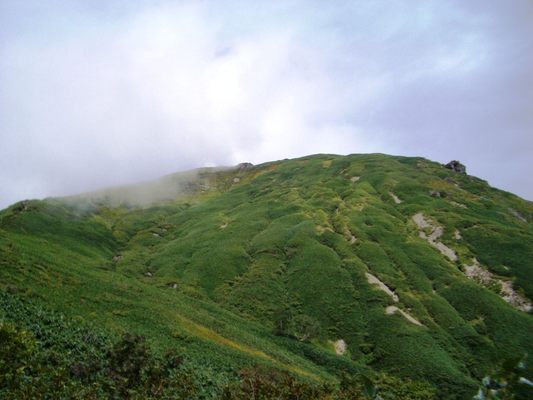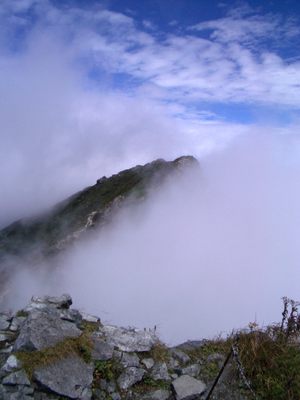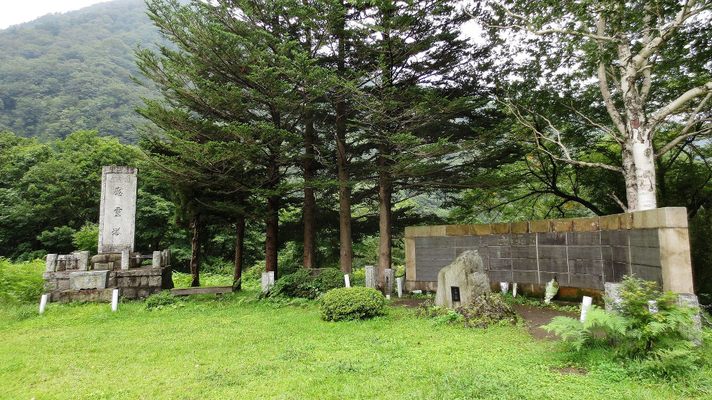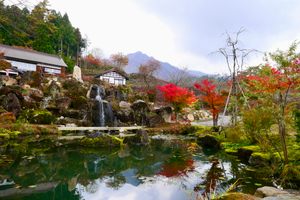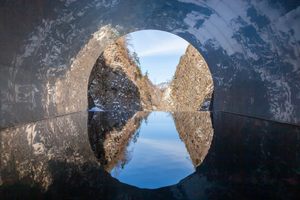About
At 6,487 feet, Mount Tanigawa is not the highest peak in Japan—but it is the most deadly.
Thick with foliage in the fall, heavy with snow in the winter, and at the nexus of two weather systems, it is easy to disappear into the beauty of Mount Tanigawa, both figuratively and literally. Between the initial explorations in the 1930s and today, more than 800 people have died on its snowy peaks. That’s four times more casualties than on Everest in the equivalent period.
The casualties started early. In 1943, a climbing party disappeared, their bodies undiscovered until 30 years later. Near Tanigawa’s base, you can find a small monument inscribed with the names of all those who have lost their lives on the mountain.
Mount Tanigawa, or Tanigawa-dake, is one of Japan’s 100 Famous Mountains. On the border between the Gunma and Niigata Prefectures in northern Minakami, the mountain sits right at where the weather systems from the Asian continent and the Pacific meet, often colliding in severe storms.
It’s possible for a novice to hike Tanigawa in the more temperate months of July to November, following a number of gentler trails. In the autumn, particularly mid-October, the changing colors of foliage light up the valleys and mountainsides. In the winter, visitors can ski at the Tanigawadake Tenjindaira ski resort, which is halfway up the mountain. Though it has only six chair lifts, it also has some of Japan’s deepest snow.
However, as for winter and off-trail climbing, that should be left to experienced climbers only. There is risk of avalanche and overexposure, and climbers need to have their route plans approved by local officials before making attempts. There are two small emergency huts along the upper ridges, but they have restricted capacity.
Tanigawa is a majestic mountain, glowing rust red and burnt orange in the fall, and then sparkling a blinding white in the winter. It is both serene and severe, welcoming and deadly.
Be sure to tread softly.
Related Tags
Know Before You Go
A bus runs between Minakami Station and the lower station of the Tanigawadake Ropeway (20 minutes, hourly departures). Alternatively, take a train from Minakami Station to Doai Station (8 minutes, infrequent departures), and walk 10 to 15 minutes up the hill to the ropeway. Before setting out, make sure to look into your different trail and gondola options, and don't hike outside of the months of July to November.
Hidden Japan: Sado Island, Nara & Kyoto
Explore a different side of Japan.
Book NowPublished
May 4, 2016
